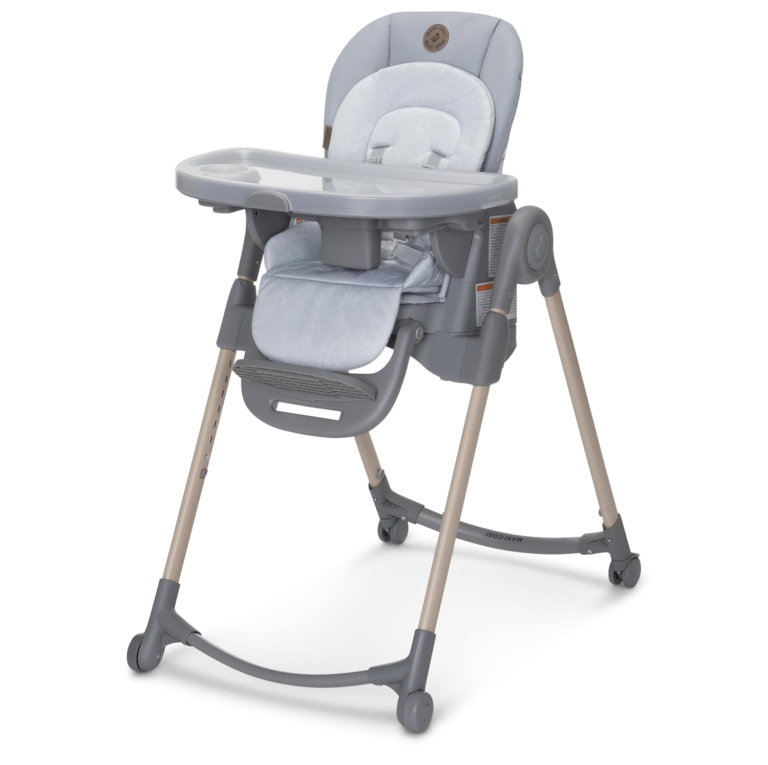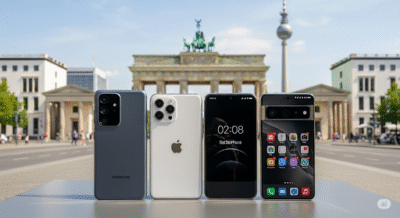
Germany’s Smartphone Market in 2025: Premium Dominance and Familiar Faces
For consumers in Germany, 2025 offers a robust selection of smartphones. If you’re looking for a top-tier experience with cutting-edge features and are willing to invest, Apple’s iPhone 16 series or Samsung’s Galaxy S25 Ultra are strong contenders. For those seeking a balance of features and value, Samsung’s A-series or Google’s Pixel phones provide excellent alternatives. The growing emphasis on 5G and AI means that new devices are increasingly capable and future-proof.
10 Best-Selling Smartphones in Germany (2025)
Germany’s smartphone market remains a battleground dominated by premium brands, with Apple and Samsung commanding over 70% of sales. The market, valued at approximately €13 billion this year, has seen a slight 4% year-over-year decline in shipments due to economic pressures and longer device replacement cycles. However, demand for AI-integrated flagships and affordable 5G mid-rangers persists, driven by Gen Z’s interest in foldables and sustainability features.
According to recent data from Counterpoint Research and Amazon.de sales rankings, iPhone models lead in premium segments, while Samsung’s Galaxy A-series appeals to budget-conscious buyers. This list compiles the top 10 best-selling smartphones in Germany based on Q3 2025 sell-through volumes, carrier data, and e-commerce trends. Rankings reflect a blend of high-end innovation and value-driven picks.
1. Apple iPhone 16

4.6 out of 5 Ratings
The iPhone 16 tops the charts as Germany’s best-seller, capturing around 15% of total sales in Q3. Its A18 chip, improved battery life, and Apple Intelligence AI features make it ideal for everyday users seeking seamless iOS integration. Priced at €899, it outsold its Pro siblings thanks to aggressive carrier promotions.
2. Apple iPhone 16 Pro Max
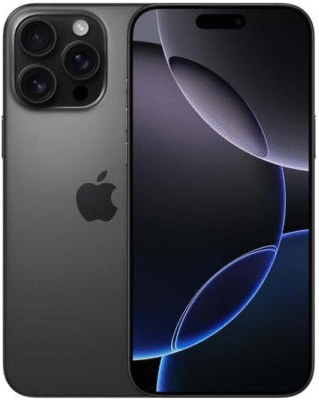
4.7 out of 5 Ratings
Commanding 12% market share, this beast appeals to power users with its 6.9-inch display, 48MP triple camera, and titanium build. At €1,449, it’s a status symbol in urban areas like Berlin, bolstered by strong demand for its cinematic video modes.
3. Samsung Galaxy S25 Ultra

4.5 out of 5 Ratings
Samsung’s flagship holds 10% of sales, thanks to its Snapdragon 8 Elite processor, 200MP camera, and S Pen stylus. Priced at €1,349, it’s popular among professionals for multitasking, with AI enhancements like real-time translation boosting its appeal in multilingual Germany.
4. Apple iPhone 16 Pro

4.5 out of 5 Ratings
With a 9% share, the standard Pro model offers a balanced 6.3-inch form factor and advanced camera system for €1,149. It’s favored by creatives for its ProRAW photography, contributing to Apple’s 40% overall brand dominance.
5. Samsung Galaxy A56 5G
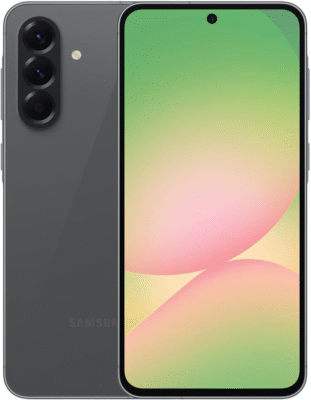
4.5 out of 5 Ratings
This mid-ranger leads affordable sales at 8%, priced at €499. Featuring 8GB RAM, a 50MP camera, and AI photo editing, it’s a hit on Amazon.de for its 2.5-year warranty and vibrant 6.7-inch display—perfect for students and commuters.
6. Samsung Galaxy A36 5G
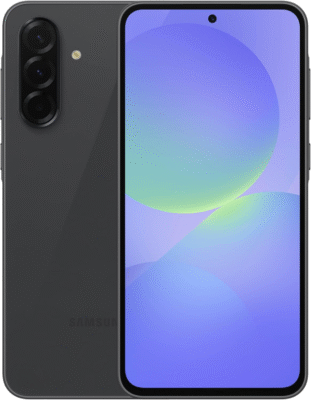
4.4 out of 5 Ratings
Capturing 7% of the market, the A36 at €399 delivers solid 5G performance with a 5,000mAh battery and IP67 rating. Its popularity stems from value pricing and Samsung’s ecosystem, making it a go-to for families.
7. Apple iPhone 16e
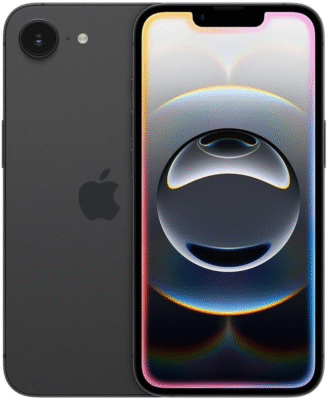
4.5 out of 5 Ratings
A budget-friendly entry at 6% share (€699), the “e” variant targets first-time Apple users with essential features like Face ID and 48MP cameras. It’s gaining traction in eastern Germany amid rising 5G adoption.
8. Google Pixel 9a
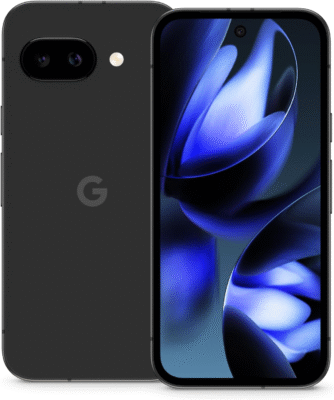
4.5 out of 5 Ratings
Google’s mid-tier pick claims 5%, priced at €549, thanks to its Tensor G4 chip and AI-driven camera magic (e.g., Magic Editor). At 5% of sales, it’s beloved by Android purists for clean software and 24-hour battery life.
9. Samsung Galaxy A16 5G

4.3 out of 5 Ratings
At €299, this entry-level 5G phone holds 4% share with its 50MP camera and expandable storage. It’s a bestseller in rural areas for reliable connectivity and affordability, reflecting Germany’s shift toward budget 5G.
10. Xiaomi Redmi 14C 4G
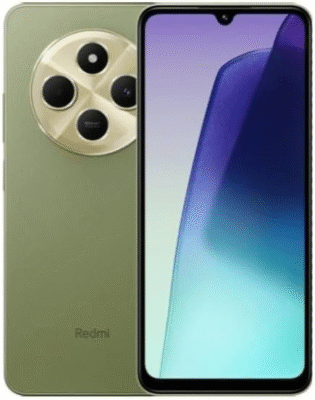
4.4 out of 5 Ratings
Rounding out the list at 3%, Xiaomi’s €199 budget option shines with a 6.88-inch display and long battery life. Popular in diverse markets like immigrant communities, it edges out competitors on price despite lacking 5G.
| Rank | Model | Brand | Approx. Price (€) | Key Selling Point | Market Share (Q3 2025) |
|---|---|---|---|---|---|
| 1 | iPhone 16 | Apple | 899 | AI features & battery | 15% |
| 2 | iPhone 16 Pro Max | Apple | 1,449 | Pro camera system | 12% |
| 3 | Galaxy S25 Ultra | Samsung | 1,349 | S Pen & 200MP cam | 10% |
| 4 | iPhone 16 Pro | Apple | 1,149 | Compact premium | 9% |
| 5 | Galaxy A56 5G | Samsung | 499 | AI editing & warranty | 8% |
| 6 | Galaxy A36 5G | Samsung | 399 | Long battery | 7% |
| 7 | iPhone 16e | Apple | 699 | Affordable iOS | 6% |
| 8 | Pixel 9a | 549 | Pure Android AI | 5% | |
| 9 | Galaxy A16 5G | Samsung | 299 | Budget 5G | 4% |
| 10 | Redmi 14C 4G | Xiaomi | 199 | Value display | 3% |
Market Trends and Insights
- Premium Dominance: Apple leads with 40% brand share, up from 37% in 2024, while Samsung holds 35%. Xiaomi trails at 12%, focusing on budget segments.
- AI and 5G Boom: Over 60% of sales are 5G-enabled, with AI features (e.g., photo enhancement) influencing 28% of Gen Z purchases.
- Sustainability Shift: Longer lifecycles mean refurbished sales are up 20%, with eco-messaging key for brands like Fairphone (not in top 10 but rising).
- Challenges Ahead: Economic uncertainty caps growth at 1.53% CAGR through 2030, but foldables could surge 28.5% annually.
For the latest deals, check Amazon.de or carriers like Telekom. Whether you’re eyeing a flagship or a steal, these picks define Germany’s mobile scene in 2025.
- iPhone 16 Pro Max – 10% share
- iPhone 16 Pro – 10% share
- iPhone 16 – 8% share
- Samsung Galaxy S25 Ultra – 7% share
- Samsung Galaxy A16 5G – 5% share
✅ Which Should You Choose?
- For premium Apple users: go with the iPhone 16 Pro or Pro Max—top features, resale value, and market dominance in Germany.
- For flagship Android fans: the Samsung Galaxy S25 Ultra offers top-tier specs, AI-enhanced experiences, and excellent camera quality.
- For budget-conscious buyers: Galaxy A16 5G delivers reliable performance and 5 G connectivity at a low price.
- For value seekers: consider the Redmi 14C, which delivers solid features at a budget-friendly price.
Additional Buying Tips
- All flagship and mid-range devices now support 5 G—future-proof your purchase.
- Look for local promotions or carrier deals in Germany—often reducing flagship prices by 100–200 €.
- For Apple devices: EU warranty is great, and resale demand remains high.
- For Android: consider long-term software support and trade‑in options.
Key Trends Shaping the German Market:
- Premiumization: German consumers are increasingly willing to invest in higher-priced smartphones (above €800), particularly those offering advanced features like enhanced AI capabilities, superior camera systems, and 5G connectivity. This trend is driven by a desire for longevity and value.
- 5G Adoption: The demand for 5G-enabled devices continues to be a major growth driver. Over 70% of new smartphone shipments in Germany are 5G-capable, with carriers actively expanding their networks.
- AI Integration: Artificial intelligence is a significant selling point, with consumers showing a growing interest in devices offering practical AI features for productivity and personalization.
- Durability and Longevity: There’s a noticeable shift towards consumers prioritizing durable, long-lasting devices. This influences purchasing decisions, with brands highlighting the robust build quality and extended software support of their phones.
- Foldable Phones: While still a niche, foldable smartphones are gaining traction, especially among younger generations who view them as status symbols and appreciate their innovative designs.
Beyond the Top Two: Emerging Players
While Apple and Samsung dominate, other brands are also making their mark:
- Google Pixel: Google’s Pixel phones, particularly the Pixel 9 Pro and the more budget-friendly Pixel 9a, are gaining popularity, largely due to their excellent camera performance, seamless Android experience, and strong AI features.
- Xiaomi: Xiaomi maintains a presence, with models like the Redmi 14C 4G performing well, especially in the value-driven segments.
- OnePlus: The OnePlus 13 is noted for its powerful performance and competitive pricing, appealing to users seeking a high-end Android experience.
What Does This Mean for Consumers?
For consumers in Germany, 2025 offers a robust selection of smartphones. If you’re looking for a top-tier experience with cutting-edge features and are willing to invest, Apple’s iPhone 16 series or Samsung’s Galaxy S25 Ultra are strong contenders. For those seeking a balance of features and value, Samsung’s A-series or Google’s Pixel phones provide excellent alternatives. The growing emphasis on 5G and AI means that new devices are increasingly capable and future-proof.
Ultimately, the German smartphone market in 2025 reflects a discerning consumer base that values innovation, durability, and a seamless user experience, with Apple and Samsung continuing to lead the way.



